The vast and complex landscape of the Russian economy has always been a subject of keen interest for global industries. Among its many sectors, the tile and ceramic market stands out as a particularly dynamic and resilient segment, offering both significant challenges and immense opportunities. Driven by a blend of domestic construction projects, evolving consumer preferences, and a growing appetite for aesthetic and innovative materials, Russia represents a key market for both local producers and international exporters.
This comprehensive guide delves deep into the core components of the Russian tile and ceramic industry. We will meticulously explore the key drivers of demand, analyze the intricate supply chain dynamics, and highlight the cutting-edge innovations that are reshaping the market’s future. Whether you are a manufacturer, a distributor, an investor, or simply an industry analyst, this article provides the strategic insights you need to navigate this pivotal market with confidence and foresight. From the bustling construction sites of Moscow to the burgeoning renovation projects in regional cities, we will uncover the trends and factors that define the current state and future trajectory of the Russian tile and ceramic sector.
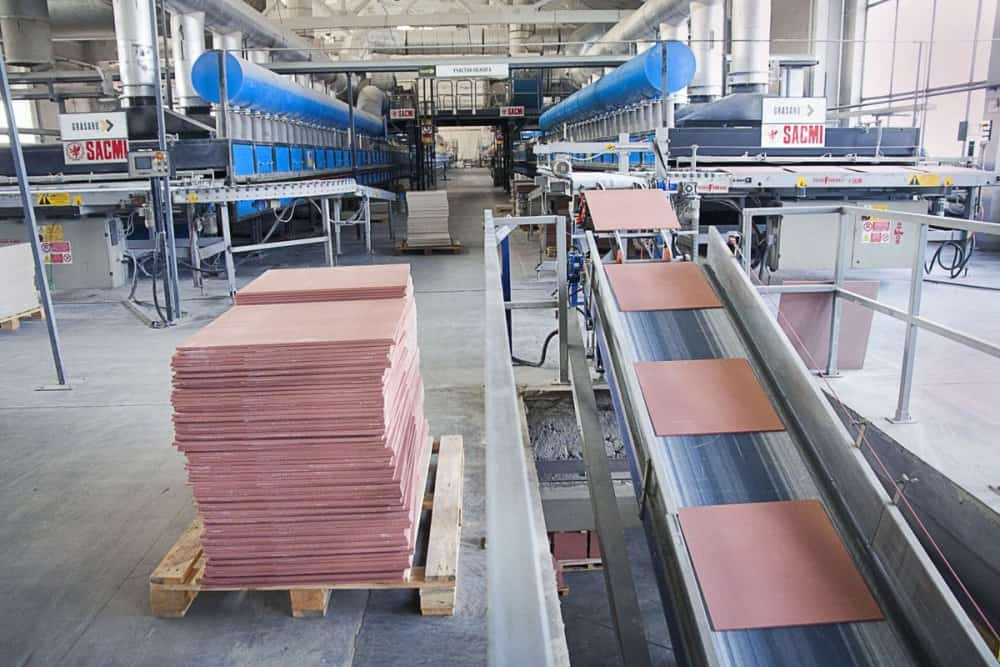
Understanding the Demand: A Deep Dive into Russian Consumer Behavior and Market Drivers
The demand side of the Russian tile and ceramic market is a multi-faceted entity, influenced by a combination of macroeconomic factors and changing social trends. To succeed in this market, it is crucial to understand what drives the Russian consumer and the broader construction sector.
The Resilient Russian Real Estate and Construction Boom
Despite various economic pressures, the Russian construction industry has demonstrated remarkable resilience. This is primarily fueled by extensive government-backed housing programs, accessible mortgage rates, and a continuous need for modern infrastructure development. New residential buildings, commercial complexes, and public spaces all represent a significant and consistent demand for floor and wall tiles.
The average Russian family places a high value on homeownership, and the desire to purchase a new or renovated apartment remains a powerful cultural and economic driver. This has led to a sustained building boom, particularly in major metropolitan areas like Moscow, St. Petersburg, and Kazan, which in turn creates a strong baseline demand for a wide range of building materials, including ceramics.
Evolving Consumer Preferences: From Practicality to Aesthetics
Historically, the Russian consumer for tiles was primarily focused on durability and affordability. The function of the tile was paramount—it needed to be strong, easy to clean, and long-lasting. While these qualities remain important, a notable shift has occurred in recent years. The modern Russian consumer is now increasingly driven by aesthetic considerations and design trends.
There is a growing demand for high-end, aesthetically pleasing tiles that reflect contemporary European design. This includes a preference for textures that mimic natural materials like wood, stone, and marble. The use of digital printing technology has made these sophisticated designs more accessible, leading to a surge in popularity for porcelain stoneware and rectified tiles that create a seamless, elegant look. Furthermore, consumers are now more willing to invest in premium ceramic products for key areas of the home, particularly bathrooms, kitchens, and living room floors, viewing them as long-term investments in their property’s value and personal comfort.
The Renovation Wave: A Key Market Catalyst
The demand for tiles is not solely dependent on new construction. A massive and often underestimated market segment is the renovation of existing properties. Millions of apartments built during the Soviet era and even in the early post-Soviet years are now undergoing extensive overhauls. Homeowners are replacing outdated, worn-out materials with new, modern, and energy-efficient alternatives.
This renovation wave is a steady and powerful source of demand for the tile market. Unlike large-scale new construction, renovation projects often prioritize higher-quality, more specific tile designs, and consumers are more involved in the selection process. This segment offers significant opportunities for specialized and premium product suppliers, as it allows for greater design freedom and a focus on unique, customized solutions.
The Supply Landscape: Domestic Production vs. Global Imports
The Russian tile and ceramic market is a dynamic arena of competition between local manufacturers and a diverse array of international suppliers. Understanding the supply dynamics is crucial for any business operating within or looking to enter this space.
A Closer Look at Domestic Production: Strengths and Challenges
Russia has a robust domestic tile manufacturing industry, with several large-scale factories producing a wide variety of ceramic products. The key strengths of domestic producers include:
- Lower Logistics Costs: Proximity to the market reduces transportation costs and lead times, giving them a significant pricing advantage, especially in the mass-market segment.
- Market Familiarity: Domestic companies have a deep understanding of local consumer tastes, distribution networks, and regulatory environments, allowing them to adapt quickly to market shifts.
- Patriotic Sourcing: Some consumers and major construction companies prefer to support local industry, especially for large, government-backed projects, which provides a consistent base for domestic producers.
However, the domestic industry also faces challenges. While many Russian manufacturers have modernized their facilities, some still lag behind their European counterparts in terms of cutting-edge technology and design innovation. This often makes it difficult for them to compete with high-end imported tiles that are perceived to offer superior design and quality.
The Import-Export Nexus: Key Trading Partners and Product Categories
Russia is a major importer of tiles, with a diverse mix of countries supplying different market segments. The import landscape is shaped by a clear division of labor:
- Italy and Spain: These countries are the undisputed leaders in the high-end and design-focused segments. They are renowned for their superior design, quality, and innovative technologies. Their products cater to luxury residential projects, upscale commercial spaces, and discerning consumers who prioritize aesthetics and brand prestige.
- China and Turkey: These nations are dominant in the mid-range and mass-market segments. They offer a vast volume of products at competitive prices, fulfilling the demand for affordable, functional tiles for large-scale housing projects and general renovation works.
- Belarus and Ukraine: These neighboring countries often provide tiles for the lower-end of the market, benefiting from favorable trade agreements and close geographic proximity.
The balance between domestic production and imports is a delicate one, constantly shifting based on economic conditions, currency fluctuations, and trade policies. For now, domestic producers hold a strong position in the volume market, while imports continue to dominate the premium and niche segments.
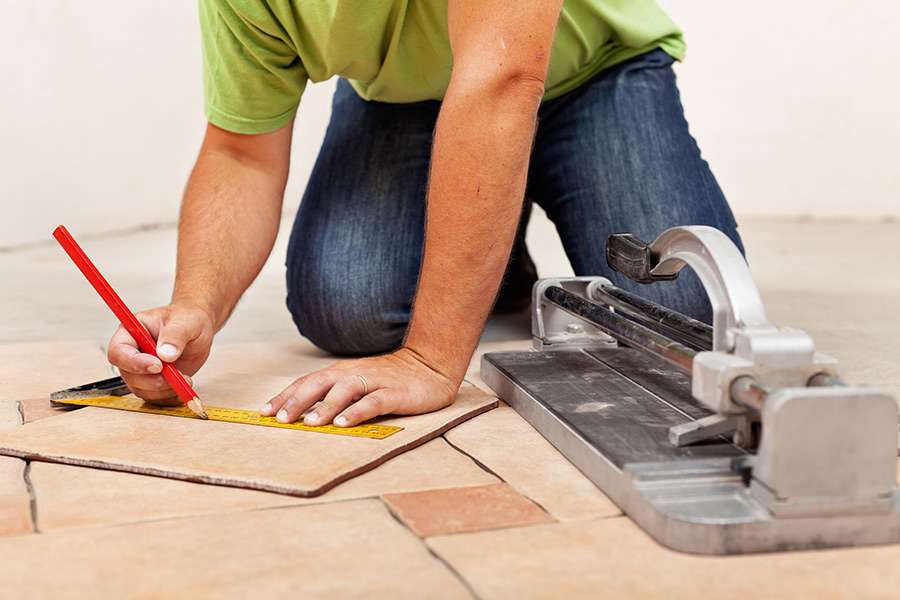
Navigating the Competitive Landscape: Pricing, Quality, and Distribution
Competition in the Russian tile market is fierce. Companies compete not just on price and quality but also on their distribution strategy. A well-established network of wholesalers, retail stores, and online platforms is essential for reaching consumers across Russia’s vast geography.
Foreign brands often partner with local distributors or establish their own offices to manage their supply chain and marketing efforts. They must invest in building brand recognition and a reputation for reliability. Domestic producers, on the other hand, can leverage their existing relationships with large construction companies and local retailers to maintain their market share. The ability to offer a comprehensive range of products, from basic utility tiles to sophisticated designer collections, is a significant competitive advantage.
Innovations Shaping the Future of the Russian Market
The Russian tile industry is not static; it is constantly evolving, driven by global trends and local adaptations. Several key innovations are poised to redefine the market over the next decade.
The Rise of Porcelain Stoneware and Large-Format Tiles
Porcelain stoneware has gained immense popularity due to its superior durability, resistance to moisture, and aesthetic versatility. It is now the material of choice for many modern floors in both residential and commercial settings.
Complementing this trend is the demand for large-format tiles. These oversized tiles (e.g., 120×60 cm or even larger) are highly sought after for creating a sleek, minimalist look with fewer grout lines. They give the illusion of a more expansive and seamless space, making them a favorite in new apartment designs and luxury renovations. The production and distribution of these larger, more delicate products require specialized technology and logistics, which is driving further innovation in the supply chain.
Technological Advancements: Digital Printing and Customization
Digital printing technology has been a game-changer for the tile industry globally, and Russia is no exception. This technology allows manufacturers to replicate almost any pattern or texture onto a tile, from the intricate veins of marble to the rustic grain of wood or the industrial look of concrete.
The ability to offer an endless variety of designs and to produce small, customized batches has opened up new creative possibilities for architects, designers, and consumers. It has also helped domestic manufacturers close the design gap with their European counterparts, allowing them to create visually stunning and unique products at a more competitive price point.
Sustainability and Green Building Materials
While still a nascent trend, the concept of sustainability is slowly but surely gaining traction in Russia. There is a growing awareness among consumers and developers about the environmental impact of building materials. This is leading to a gradual increase in demand for eco-friendly ceramic products.
This includes tiles made from recycled materials, those produced using low-energy methods, and products that contribute to better indoor air quality. As global environmental standards become more influential, companies that invest in sustainable production processes will be better positioned to capitalize on this emerging market segment and appeal to a new generation of environmentally conscious consumers.
Strategic Analysis: Challenges and Opportunities
Navigating the Russian market requires a clear understanding of its inherent challenges and a strategic vision to capitalize on its unique opportunities.
Overcoming Logistical and Economic Hurdles
The sheer size of Russia presents significant logistical challenges. Transporting tiles from a production hub to a remote city can be costly and time-consuming. This necessitates a strong, well-managed distribution network. Furthermore, the market is susceptible to currency fluctuations, which can affect the pricing of imported goods and create uncertainty for businesses. A flexible and well-hedged financial strategy is essential for mitigating these risks.
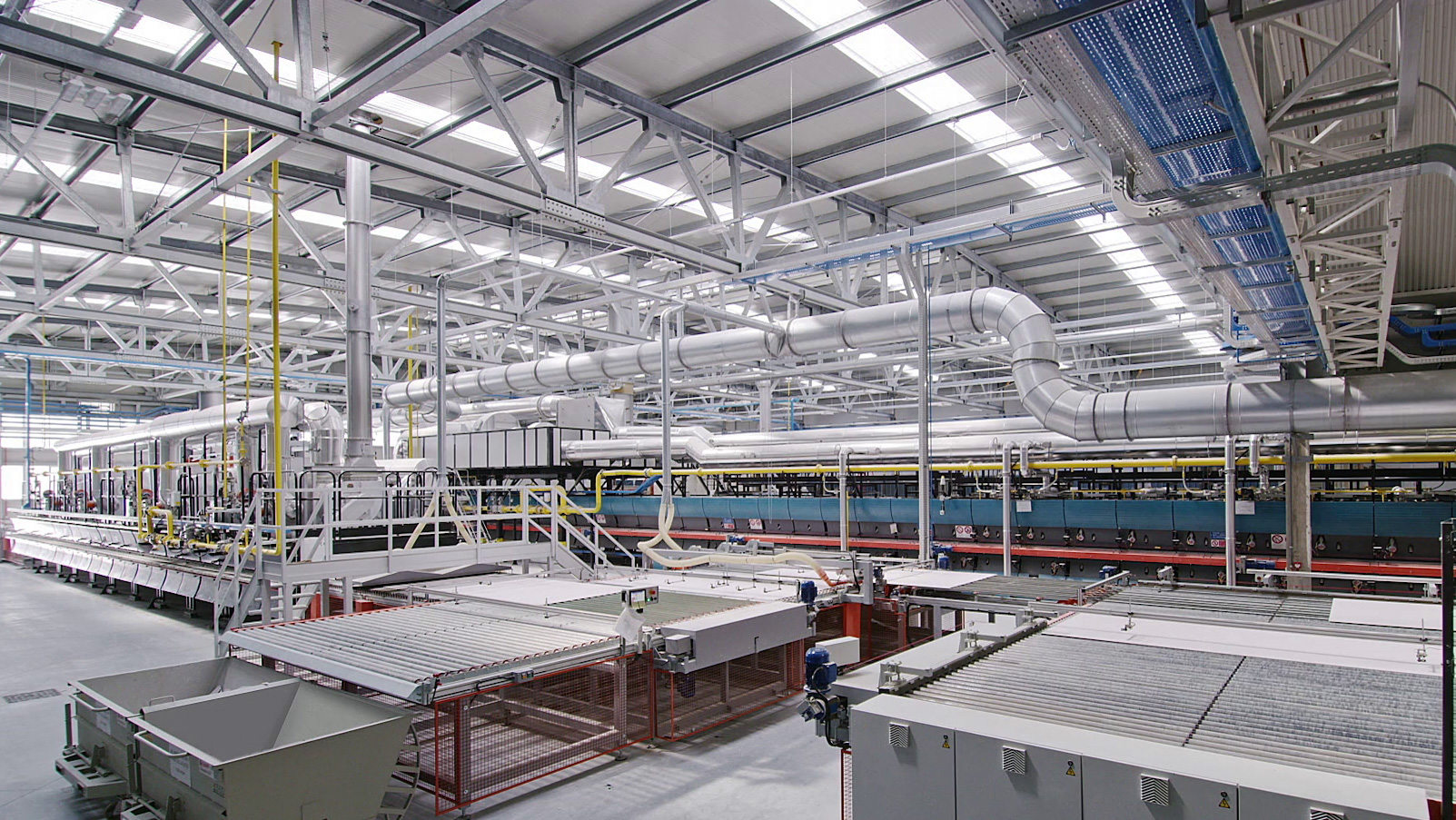
Tapping into Niche Markets and Regional Growth
While Moscow and St. Petersburg are the primary consumption centers, significant opportunities exist in other regions. Cities like Novosibirsk, Yekaterinburg, and Krasnodar are experiencing their own construction booms and have a growing middle class with disposable income. Companies that can effectively penetrate these regional markets and tailor their products to local tastes will find a rich source of untapped demand.
Additionally, there is a growing niche market for specialized products, such as anti-slip tiles for public spaces, hygienic surfaces for hospitals, and unique decorative mosaics for boutique projects. Focusing on these high-margin, specialized segments can provide a competitive edge.
Conclusion
The Russian tile and ceramic market is a complex but exceptionally rewarding landscape for those who understand its intricacies. It is a market where traditional values of durability and practicality are converging with a growing desire for modern aesthetics and innovative design. The driving force of new construction, coupled with a steady wave of renovation projects, ensures a robust and continuous demand.
While domestic manufacturers effectively cater to the mass market, the import sector, led by European and Asian suppliers, continues to dominate the premium and affordable segments, respectively. The future of this market will be defined by technological innovations like digital printing and the increasing adoption of materials like porcelain stoneware. Companies that can strategically navigate the logistical and economic challenges, invest in design and technology, and adapt to the evolving tastes of the Russian consumer are poised for long-term success. The Russian tile and ceramic market is not just surviving; it is adapting, growing, and solidifying its position as a major player on the global stage.
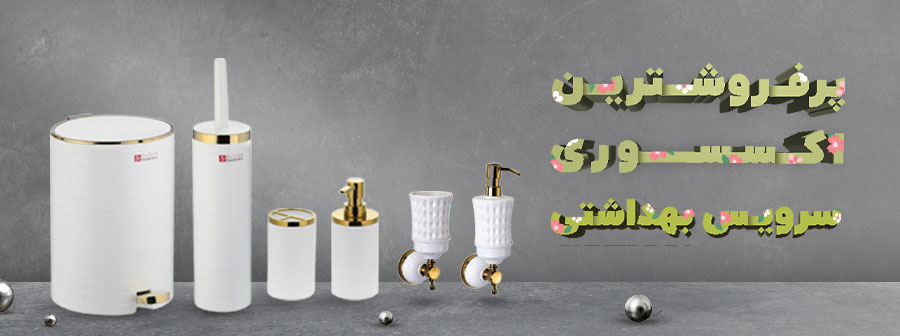
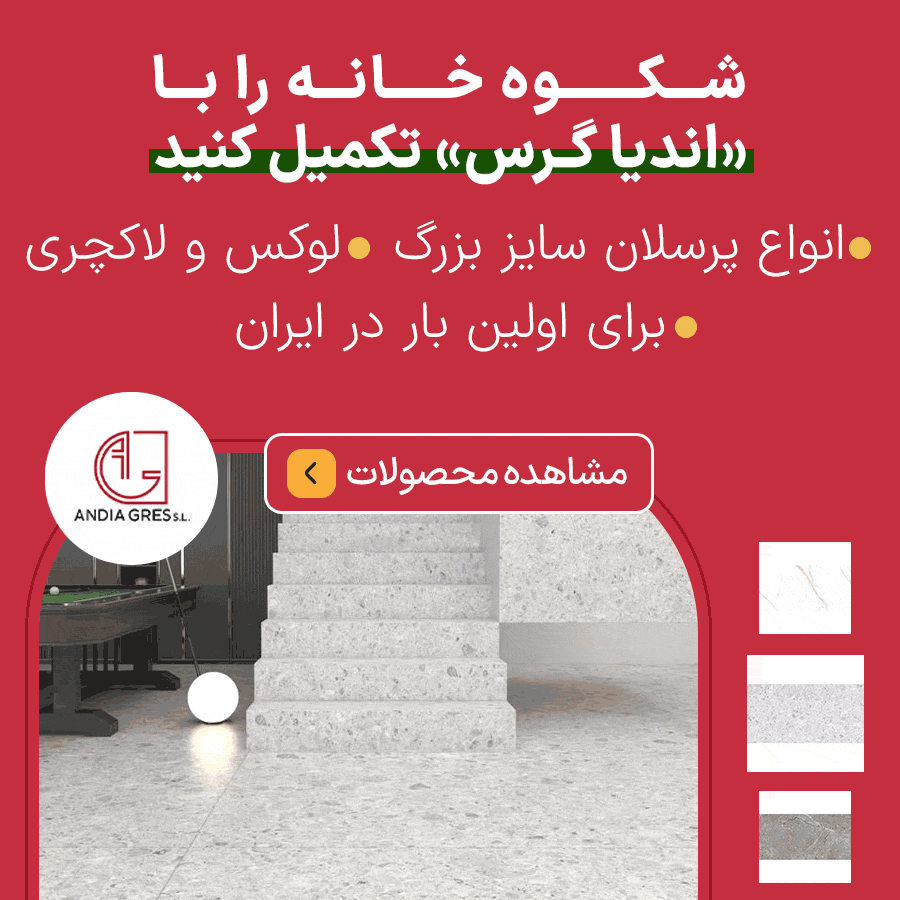
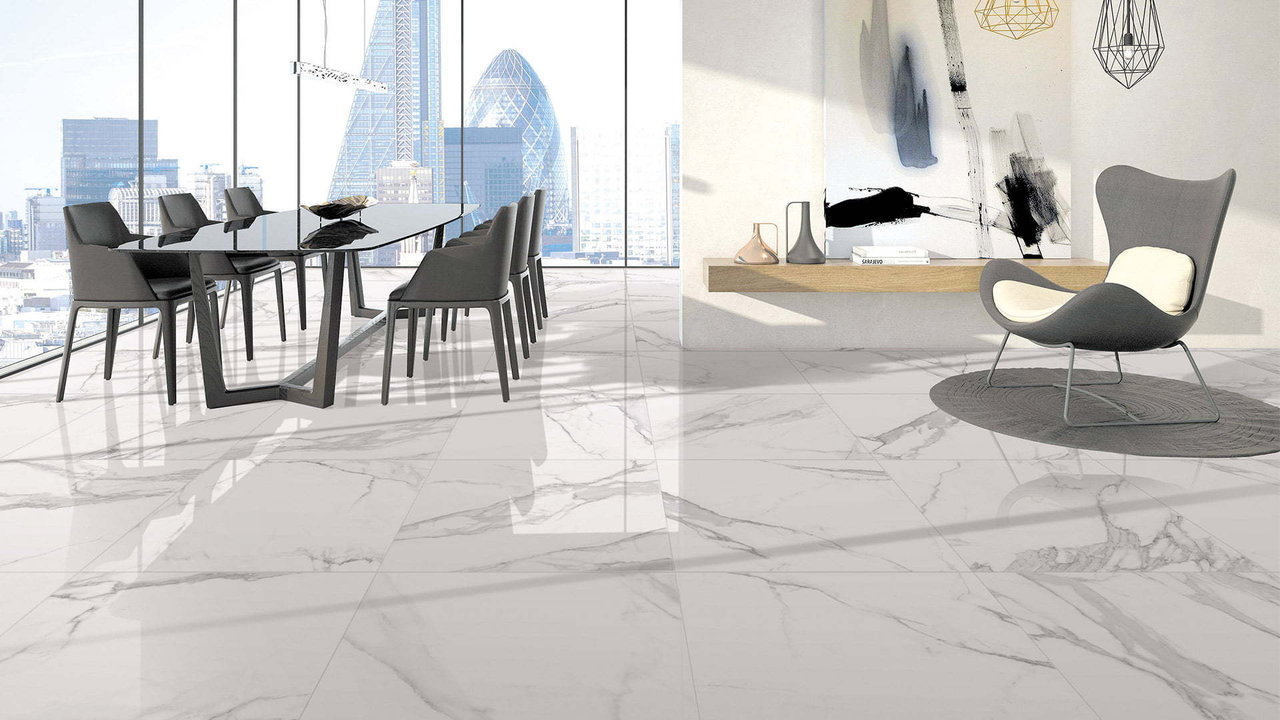
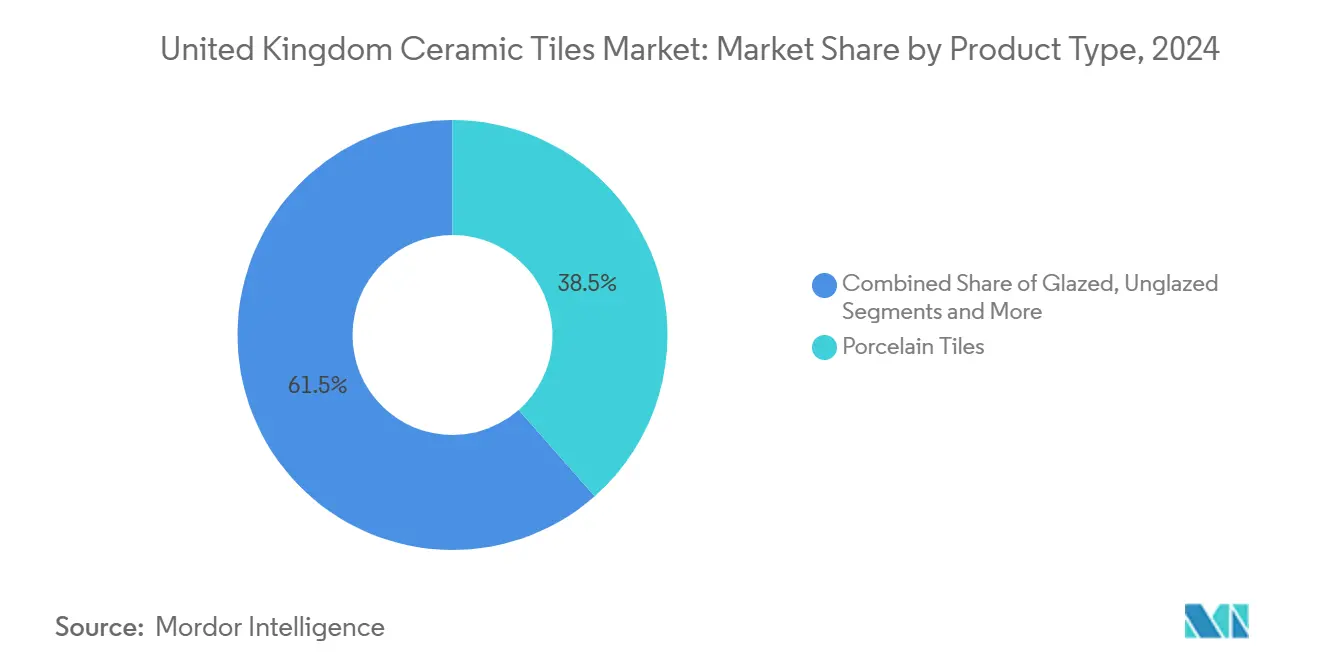
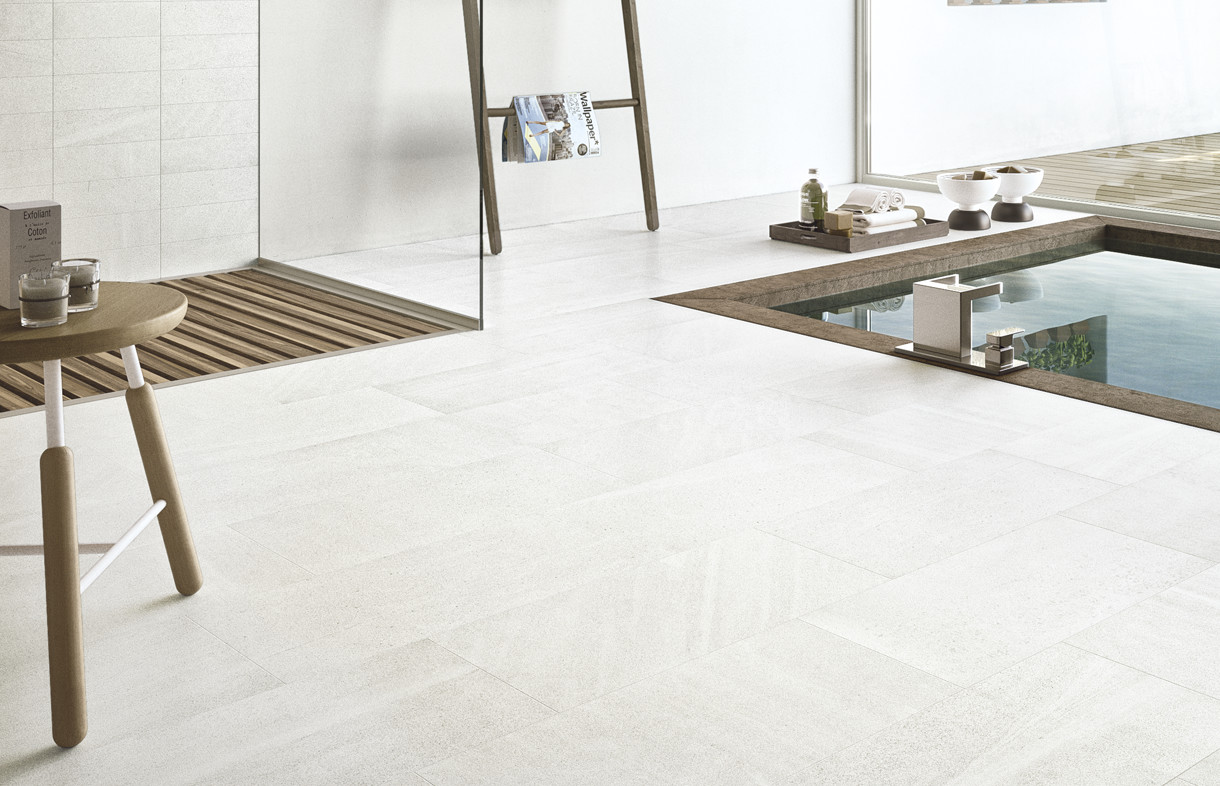

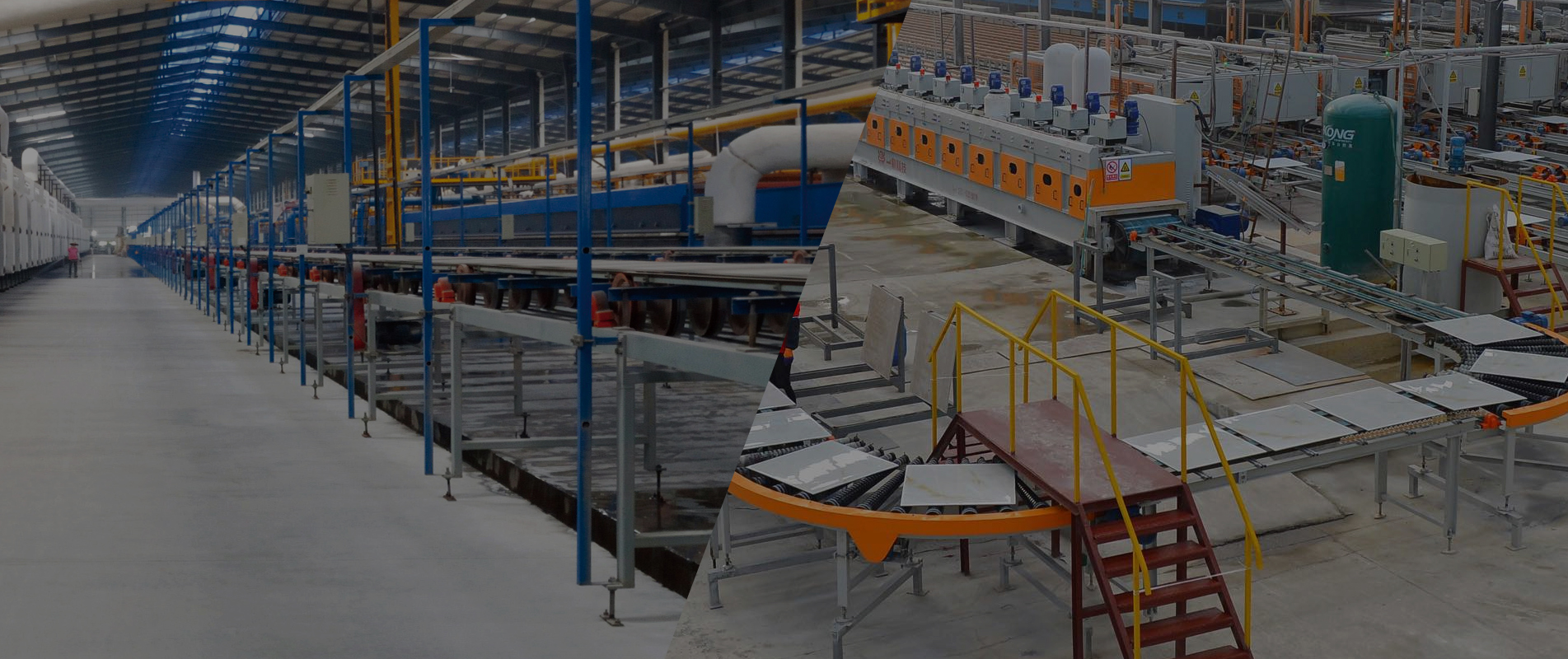
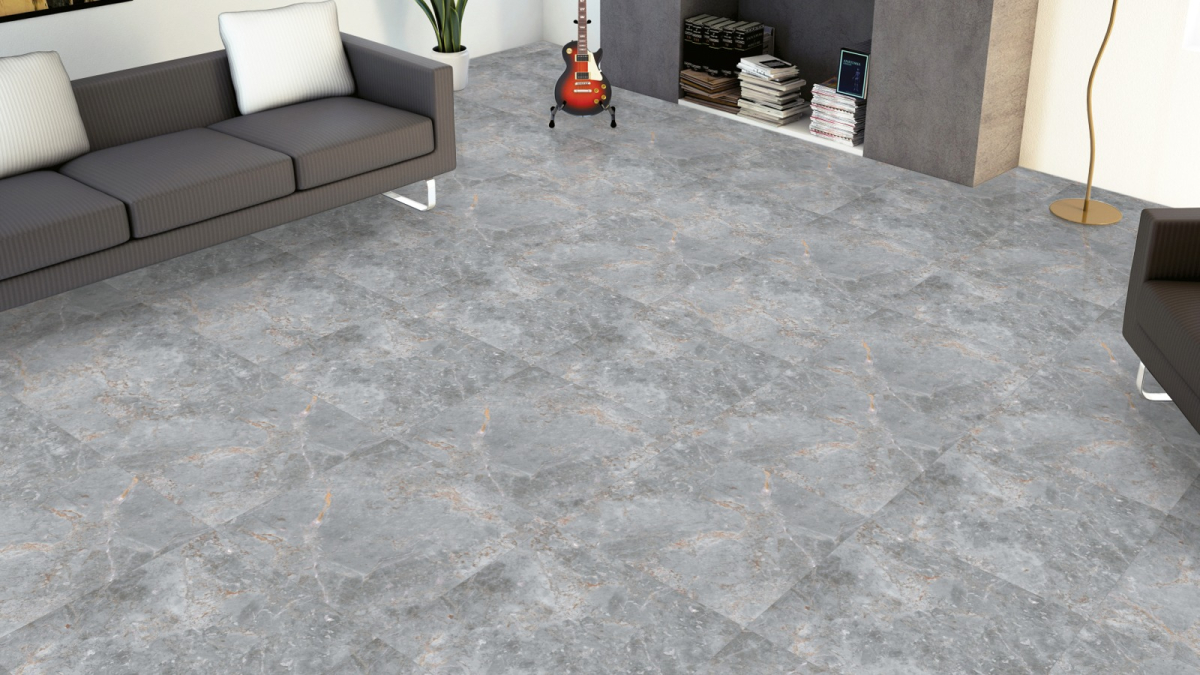
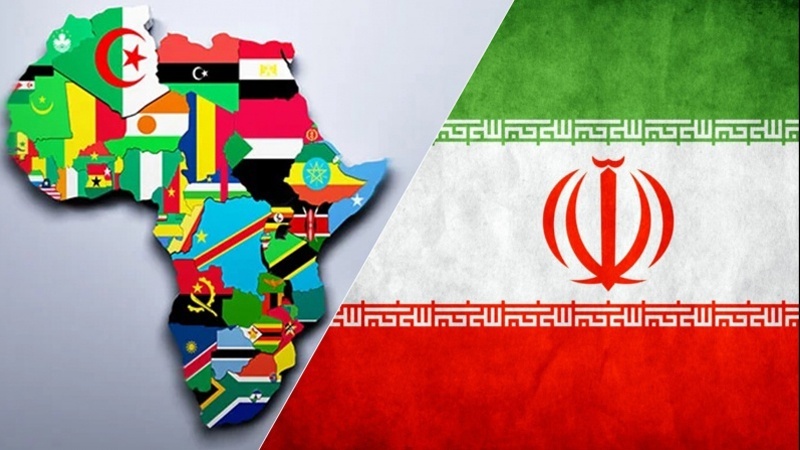
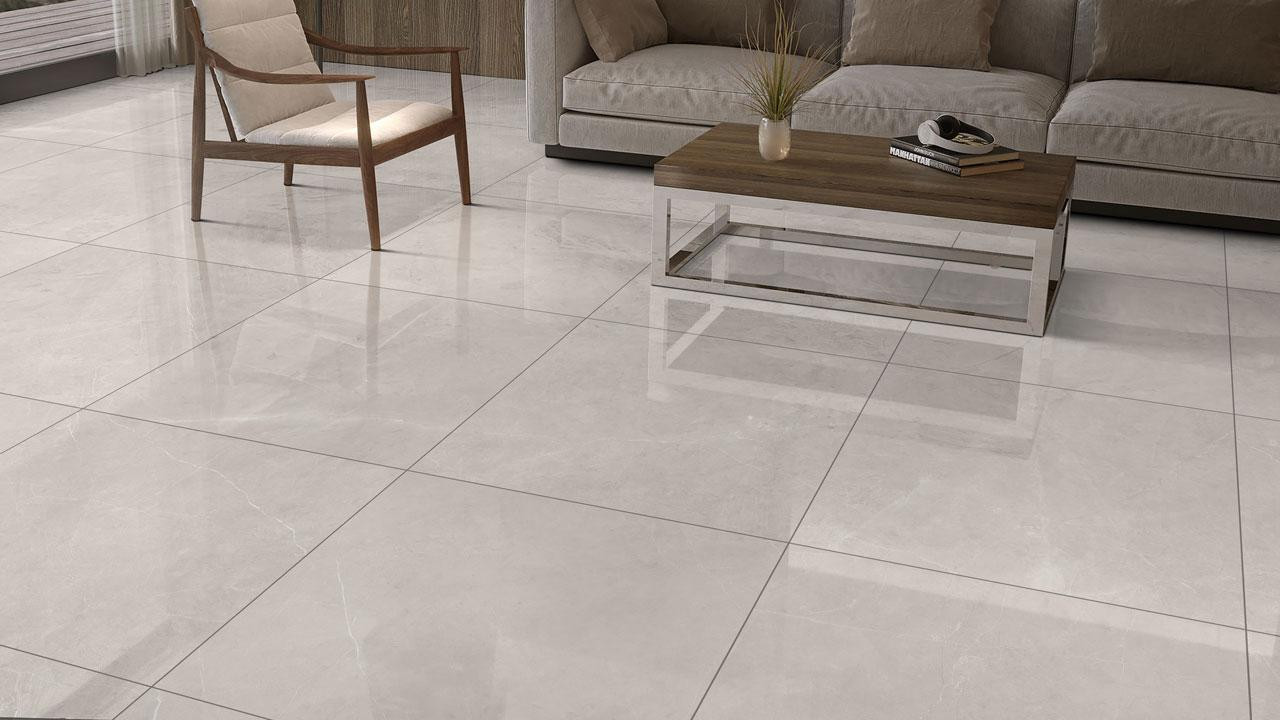
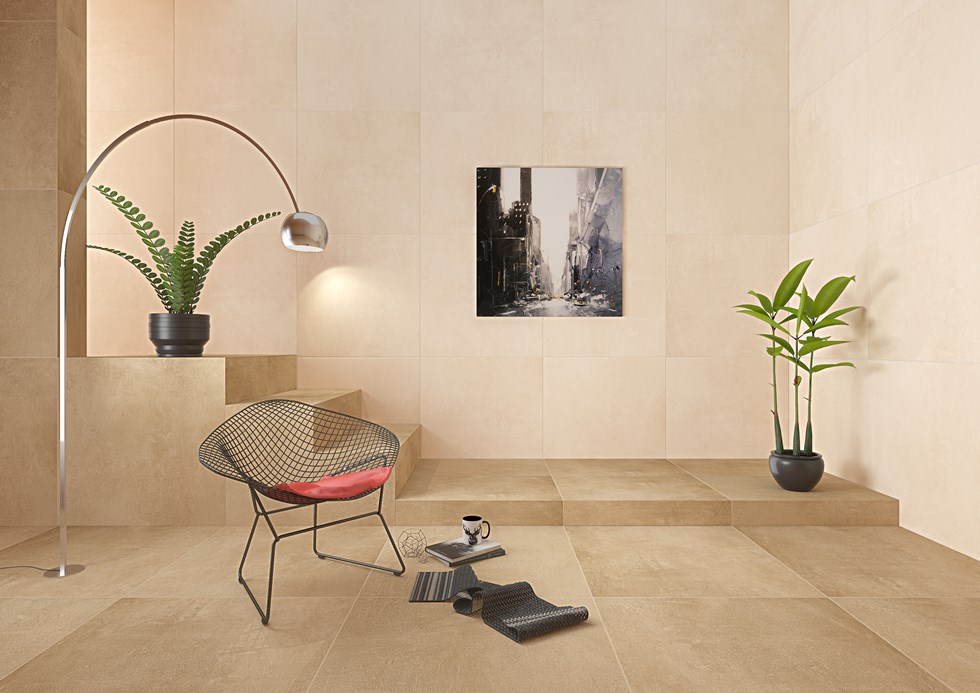
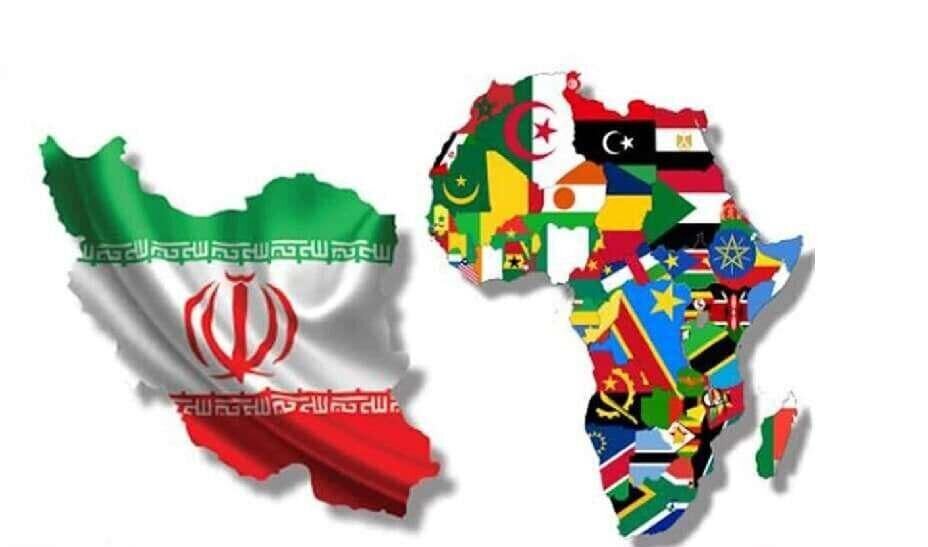
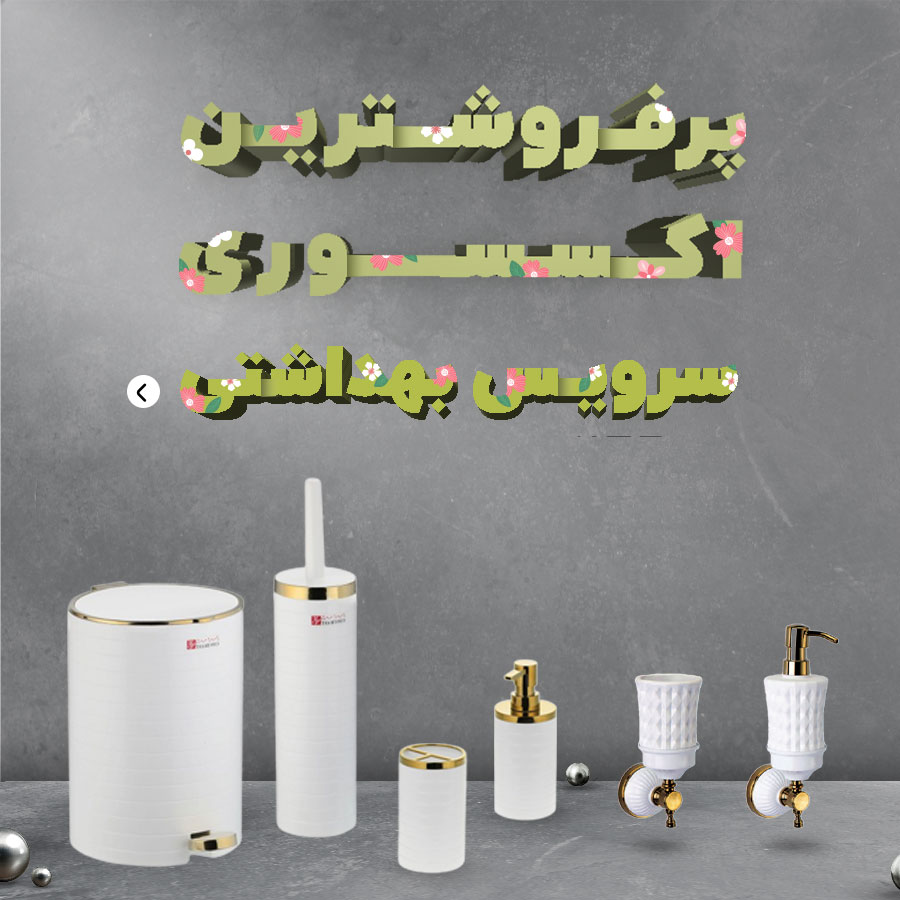

نظرات ۰